Description
Besix eye drop is for topical ophthalmic use only and not for injection into the eye. It belongs to a class of quinolone antimicrobial drugs used to treat bacterial conjunctivitis caused by susceptive bacteria. Bacterial conjunctivitis is a common ocular infection, and in severe cases, it may cause vision complications. However, most cases can be managed with antibiotic therapy. A topical antibiotic is considered the first-line treatment for this eye infection. Besix eye drop containing Besivance 0.6%, a fluoroquinolone discovered specifically for ocular use and approved for the management of bacterial conjunctivitis. It kills certain bacteria that cause this ocular infection. As with other anti-infective medications, prolonged use of this ophthalmic formulation may result in the overgrowth of fungi. In the case of superinfection, drug discontinuation should be considered under the doctor’s supervision. Patients should be advised not to wear contact lenses if they are dealing with symptoms of bacterial conjunctivitis or during the treatment with Besivance ophthalmic solution. Quinolone antibiotics have been associated with hypersensitivity reactions even while a patient is following a single dose treatment. Patients should be instructed to discontinue treatment immediately and contact their ophthalmologist for initial rash symptoms or an allergic reaction.
Product Description
Before you try to Besivance eye drop 6%, talk to your ophthalmologist, an expert in treating eye conditions. You should discuss with your ophthalmologist if you are allergic to fluoroquinolone antibiotics. The safety and effectiveness of Besivance drops in infants below one year of age have not been established. There is an adequate study in pregnant women; Besix drops should be used only if the benefits justify the risk to the unborn. The ophthalmic agent has not been measured in breast milk, although it can be presumed to be passed. Therefore, breastfeeding mothers should exercise caution while using Besivance eye drops for bacterial conjunctivitis.
Side Effects
Discontinue use and immediately call your doctor when you develop the first signs of an allergic reaction. The symptoms include rash, itching, swollen eyes/throat/face, and trouble breathing. Like any other pharmaceutical agent, Besivance too can cause unwanted effects. The most common ones are eye pain, blurred vision, itching in the eye, discharge from the eyes, eye pruritus, headache, and eye irritation.
How to Use
Besix is a sterile ophthalmic suspension supplied in a bottle with a dropper tip. A bottle of Besix eye drop contains 0.6% of Besivance, the active ingredient. Before you use the topical medication, thoroughly wash your hands. Be careful while handling the bottle; avoid contaminating the applicator tip with eye surfaces, fingers, or other sources. Shake the bottle once before use. Remove the bottle’s cap, tilt your head back and hold the bottle close to your eye. Gently squeeze a drop into the affected eye. Your ophthalmologist may ask to put a drop in the affected eye thrice a day for a week. Although it is quite common to feel better early during the treatment, this topical medication should be used exactly as directed for the prescribed period. Skipping application or not completing treatment course may reduce the effectiveness of the ophthalmic preparation. This also increases the chance of developing resistance by the bacteria, and the infection will not be treated with Besix suspension anymore. Overdosing can cause severe eye complications. To avoid the situation, you can flush the medication immediately with warm tap water. In case of accidental oral consumption, contact your doctor straight away. The missing dose may delay the results, therefore, avoid doing so.


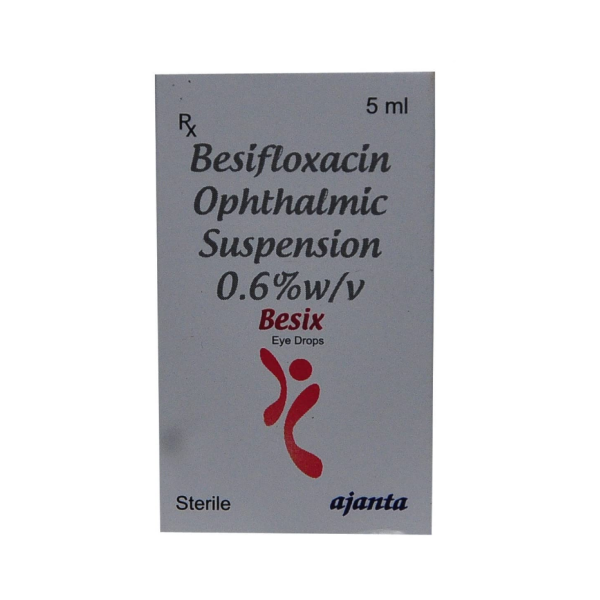
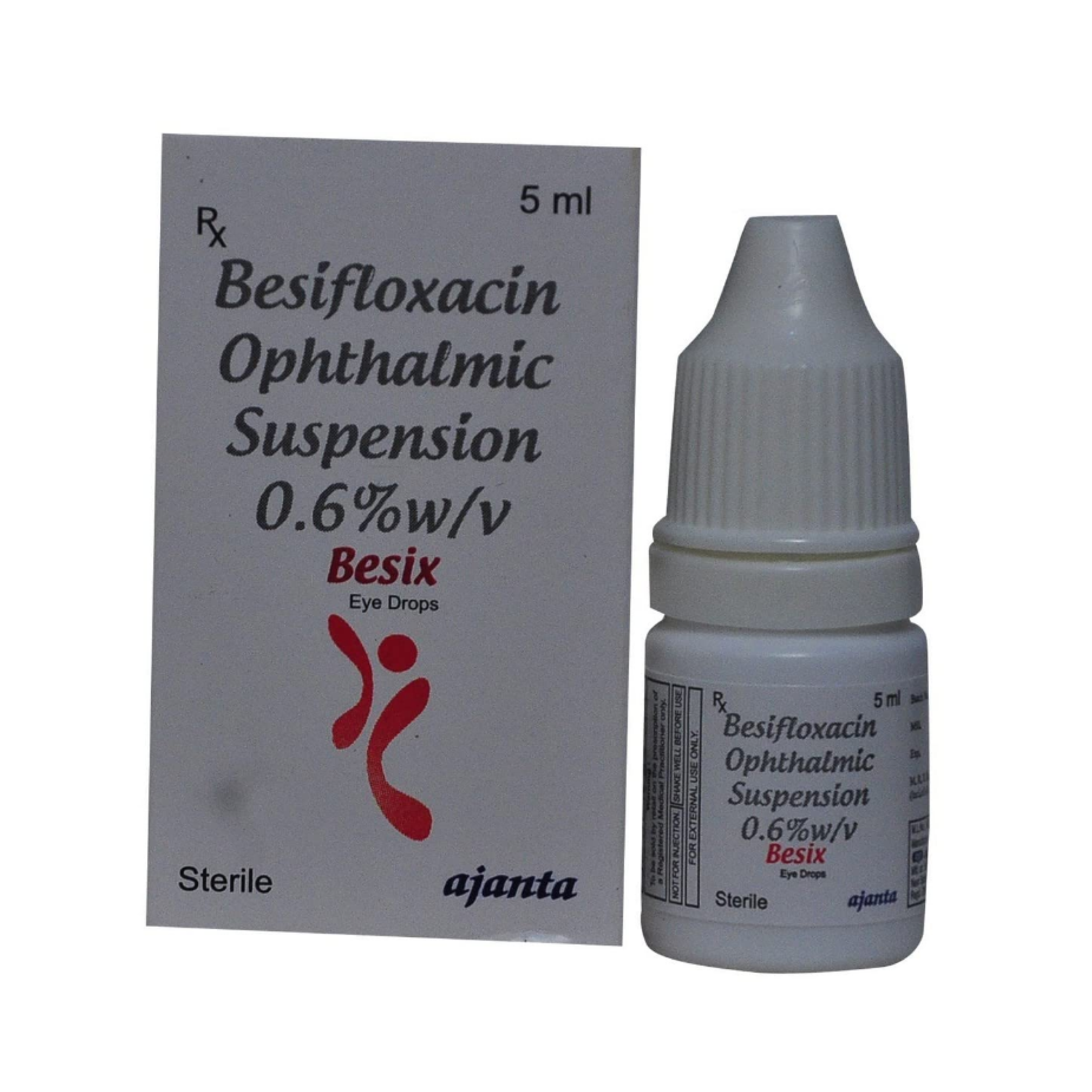
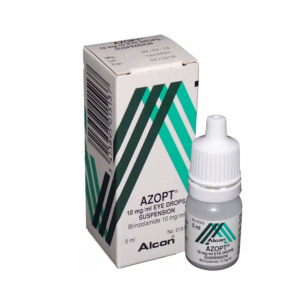
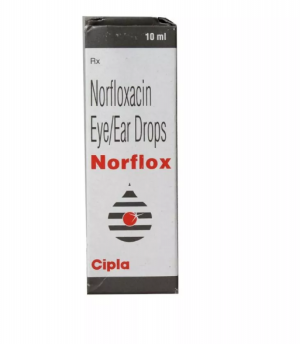
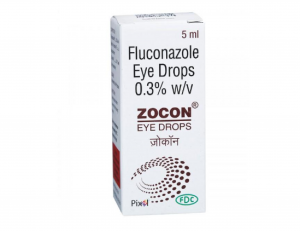
2 reviews for Besix Eye Drop 0.6% (5ml)
There are no reviews yet.